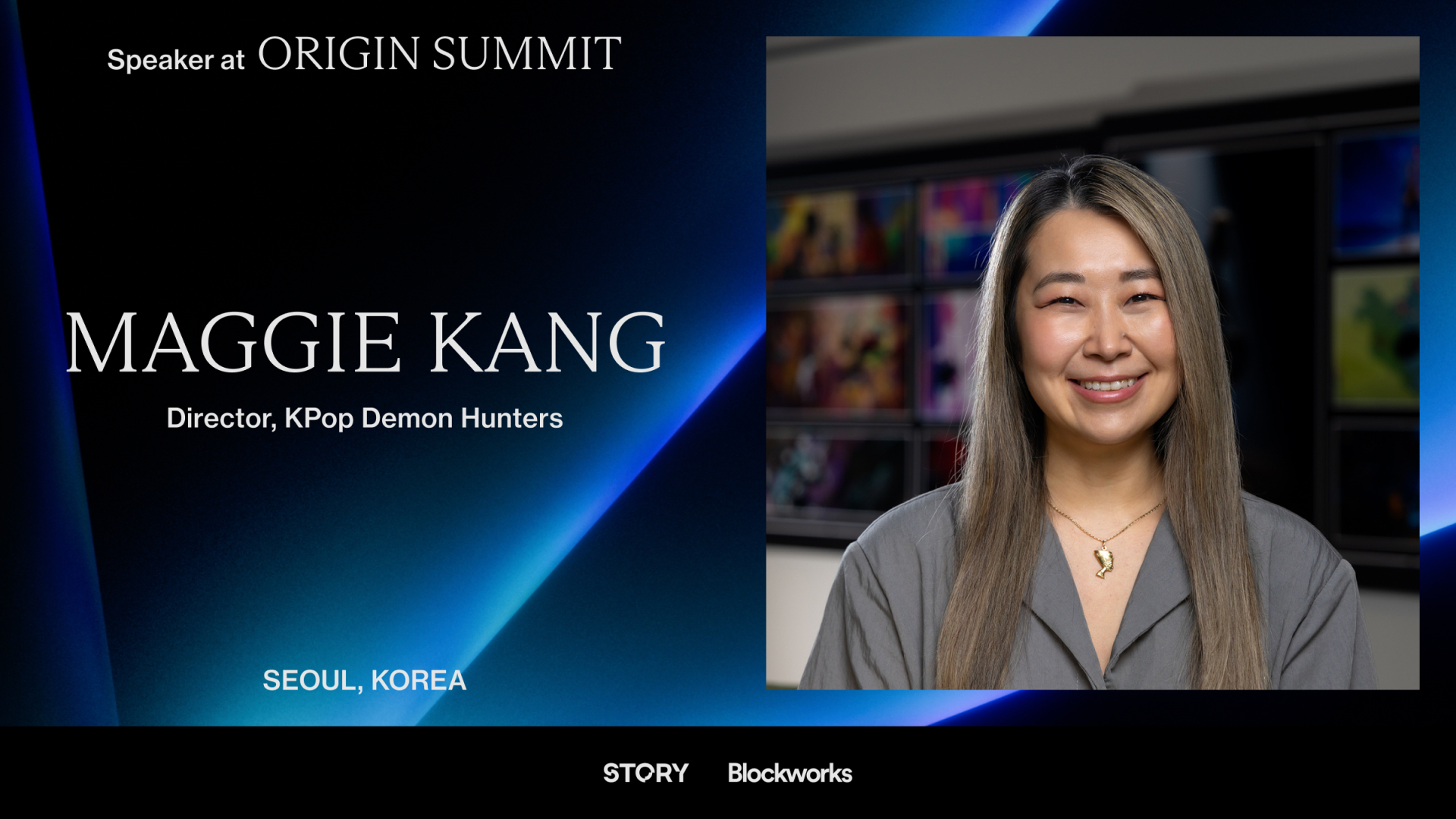The community is concerned about the risk of a miner-led fork that could split the network as Ethereum gets closer to switching to proof-of-stake consensus, also known as “the merge”

Chandler Guo, a well-known Chinese investor and miner of cryptocurrencies, said last week on Twitter that he would fork the Ethereum blockchain into something he named “ETH POW,” allowing miners to continue their activities after the merge. This gave the concept new momentum.
The merge, which is anticipated to take place in the next months, would change Ethereum’s consensus method from proof-of-work (PoW) to proof-of-stake (PoS). That will do away with the requirement for miners, who have invested billions of dollars in purchasing graphical processing unit (GPU) chips to mine new blocks, to verify transactions.
Ethereum developers have long predicted that the merge will be unpopular

As a result, Ethereum developers have long predicted that the merge will be unpopular with miners and have taken steps to prevent their intervention, including the implementation of a “difficulty bomb” that will make it far more difficult to mine new blocks.
While miners cannot block the merger, they can copy ETH and build a different network where the change never occurs. Whether they can convince anyone to use their forked version is the question.
In this, Guo has form. He participated in the Ethereum fork in July 2016 that gave rise to ETH Classic. Guo now hopes to duplicate the accomplishment by accumulating enough hash power, a metric for cryptocurrency mining output, and persuading other miners to work with him.
“I fork Ethereum once, I will fork it again,” Guo wrote in a post last week.
If he is successful, the ETH network will break into two chains: the standard PoS chain managed by ETH core developers and validators, and the non-canonical PoW version operated by the miners.
As the network is cloned, holders of ether would receive tokens on the new chain, but for a very different price. POW ETH that has been forked will need to have its native asset listed again on cryptocurrency exchanges and go through new price discovery, with no assurance that the forked tokens will be worth anything.
DISCLAIMER: The Information on this website is provided as general market commentary and does not constitute investment advice. We encourage you to do your own research before investing.
Join CoinCu Telegram to keep track of news: https://t.me/coincunews
Follow CoinCu Youtube Channel | Follow CoinCu Facebook page
Annie
CoinCu News























